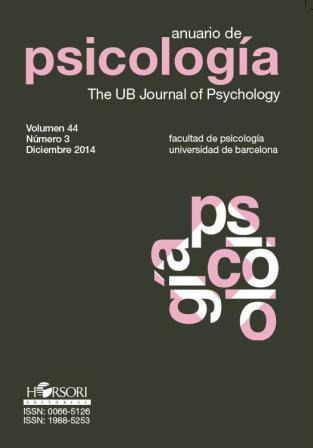Perceived effectiveness of emotion regulation strategies in sadness and joy
Keywords:
Self-regulation, interpersonal emotion regulation, joy, sadnessAbstract
This study examines the use of 43 emotion regulation strategies in episodes of joy and sadness in self- and interpersonal regulation conditions. After recalling interpersonal experiences of sadness and joy, 324 college students replied to the Questionnaire on emotional intrapersonal and interpersonal regulation (CIRE-43) and to a scale of perceived attainment of adaptive goals as a result of the use of the strategy in the episode (perceived effectiveness). As expected, the participants reported regulation of the positive emotion, but withless frequency than in the case of sadness; similar to former studies, selfregulation was found to be more frequent than interpersonal regulation. The analysis of the correlation pattern between perceived effectiveness and the different strategies shows that participants consider different strategies to be adaptive in the different conditions: depending on the emotion (sadness or joy) and on the target (self-regulation or regulation of the other person). The strategies that imply personal growth were considered to be more adaptive overall.Downloads
Published
2015-12-03
Issue
Section
Articles
License
The authors who publish in this journal agree to the following terms:
Authors transfer to the publisher all copyright for the full term of protection and for all the world.
The authors can post a copy of their articles in accordance with the policy of free access to the journal.


